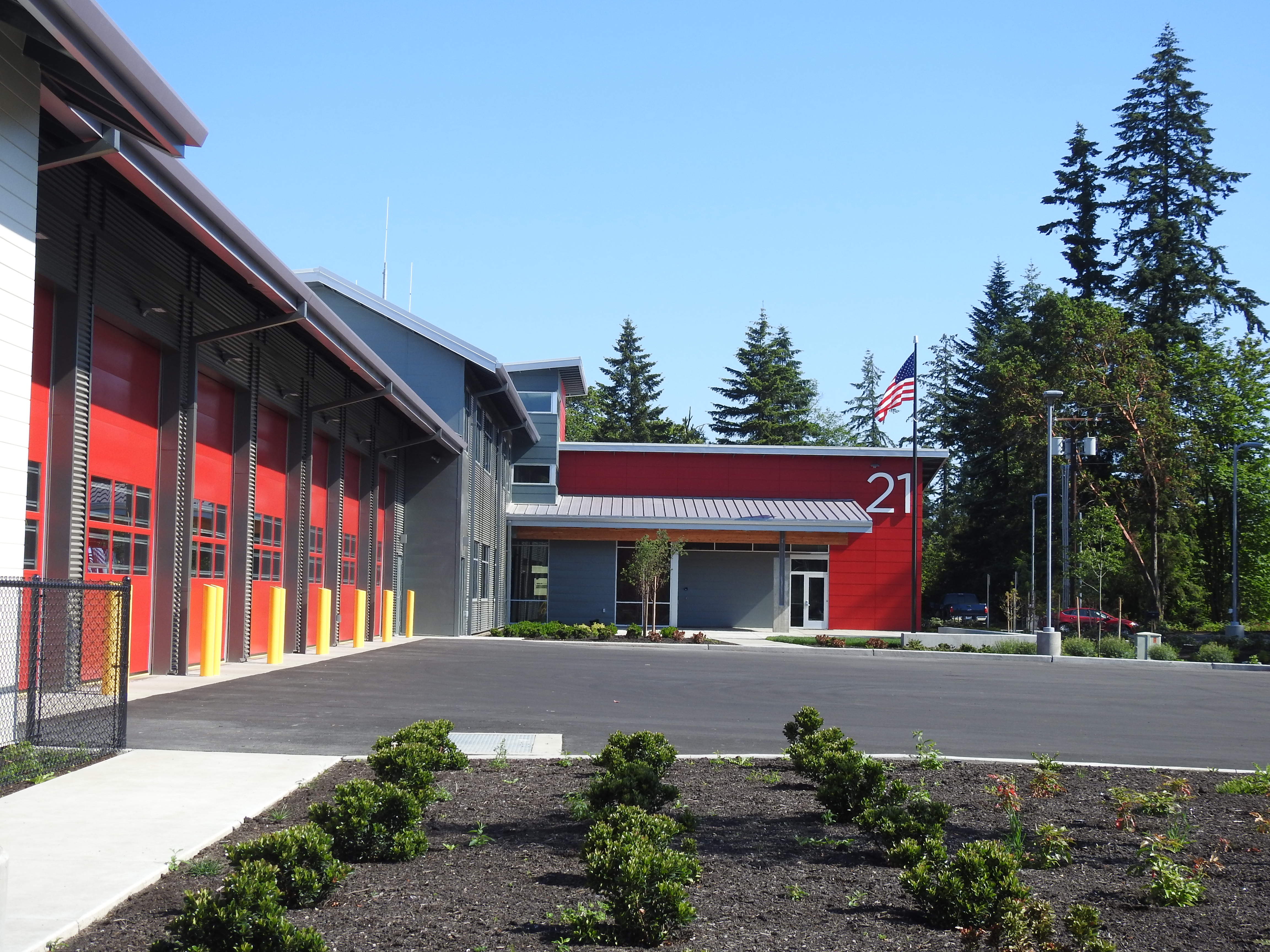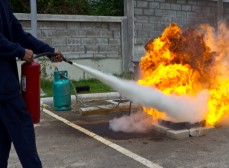FAQs - Levy Lid Lift
The Fire Department is asking voters to consider a levy lid lift to restore the General Fire Levy to $0.72 per $1,000 of tax assessed value, a $0.15 increase from the current levy amount. This measure includes a provision to increase the annual limit factor (currently 1% annually) to match the Consumer Price Index (CPI-W for Seattle-Tacoma-Bellevue) from 2027-2031.
When was the last time the Fire Department asked for a levy increase?
The voters approved a $0.10 increase in the EMS levy in 2019. Voters also approved a $0.09 increase in the General Fire Levy in 2015 with a CPI match for five years. Previous to these requests, the voters approved a new $0.40 10-year EMS Levy in 2009 and a $0.10 increase to the General Fire Levy in 2004.
How much is this going to cost?
Using the median home value on Bainbridge Island ($1.12 million) from the Kitsap County Assessor’s Office, this increase would equate to $168 annually, or $14 per month.
What makes up the Fire Department’s expense budget?
In 2025, 85% of the budget covers personnel expenses, 13% is for non-personnel expenses, and 2% covers transfers for capital expenditures. The approved 2025 budget is $16,242,679.
What are the sources of the Department's revenue?
85% of total revenue is generated from property taxes. 10% is generated from emergency medical transports, and 5% is from other sources such as service contracts, wildfire mobilization reimbursement, etc.
Why is the Fire Department asking for an increase now?
There are three main factors contributing to the request:
Staffing. Staffing shortages have resulted in excessive amounts of overtime and unsustainable additional hours worked by emergency responders in order to ensure that all fire stations are staffed 24/7. This has had an adverse effect on the budget since 2022. To address these impacts, the Fire Department implemented a strategy in 2023 to increase staffing to a level required to support each station. Once hired, it takes between 12-18 months before a firefighter is qualified to be part of minimum staffing. This includes attending the basic firefighter and emergency medical technician academy, on-duty orientation, training, and testing. For the first six months of 2025, the Fire Department has reduced shift overtime hours by 50% as new firefighters have completed this process.
Medicaid Funding. The Fire Department participates in a Medicaid reimbursement program called ‘Ground Emergency Medical Transport’ or GEMT. With the recent Federal bill that includes billions of dollars of cuts to Medicaid, this source of revenue is in jeopardy. The Washington Fire Chiefs Association is recommending fire departments remove any GEMT revenue assumptions from their budgets due to the uncertainty. GEMT accounts for 4.7% of BIFD's projected revenue in 2025.
Inflation. Equipment, apparatus, and other supplies have seen significant cost increases in the past few years. Inflation from 2021-2024 totaled 22.6%, with an annual average of 5.65%. By comparison, the previous six years inflation averaged 2.28% annually. As an example, to buy the same make/model of fire truck that BIFD purchased in 2021 now costs over $500,000 more than it did then. During the 2022-2025 period, BIFD was limited to increasing its tax assessed revenue to 1% per year. As a result, expenses outstripped revenue in 2024 and 2025, reducing the Department’s fund balance.
What will this new funding provide?
This new funding will be used to stabilize the Fire Department’s budget to help ensure current levels of Fire Department services are maintained.
How has emergency call volume and staffing changed over time?
In 2024, the Fire Department responded to 3,913 emergency calls for service, the most in the BIFD’s history for a single year. This effort is supported by 48 responders and 11 non-responders. By comparison, in 2020, the Fire Department responded to 2,807 calls, supported by 37 responders and 8.5 non-responders. In addition to call volume increases, the average duration a responding crew is committed to a call has doubled, from 30 minutes to 60 minutes since the Fire Department began transporting all patients in 2017.
What is the Bainbridge Island Fire Department doing to recruit and retain personnel?
During the past five years, BIFD has experienced personnel departures to other agencies, along with a reduction in the pool of qualified applicants, a trend consistent with other fire service agencies nationwide. For recruitment, the Department has created new opportunities for applicant orientation and ride-alongs to better inform prospective hires about BIFD and whether it is the right department for them. The requirements for Firefighter 1 certification and EMT have been dropped as pre-requisites to encourage a broader pool of applicants. A more focused effort towards Kitsap County recruitment is also being undertaken. Since 2021, the Department has lost six firefighters and six paramedics to other agencies (note that one of those firefighters and one paramedic have since returned to BIFD citing better environment and working conditions). Of those that have left, the three most common reasons stated for leaving are the desire to work closer to home, didn’t like the commute, and a desire for greater career development through an agency that responds to more calls than BIFD or has better EMS support. All but two of those individuals lived outside of Kitsap County. To assist with retention, BIFD added a part-time EMS Physician Mentor for our Paramedics in 2024 and worked with the Union to add a provision that requires staff sent to paramedic training to commit to five years with BIFD to protect that investment. The Fire Department added a Human Resources Manager in 2025 to help with retention efforts, HR process improvements, and employee training. We continue to work to make improvements in both recruiting and retention to bolster the responding ranks on the Island.
 Recruit Academy St 23 Drill 3.jpg)






